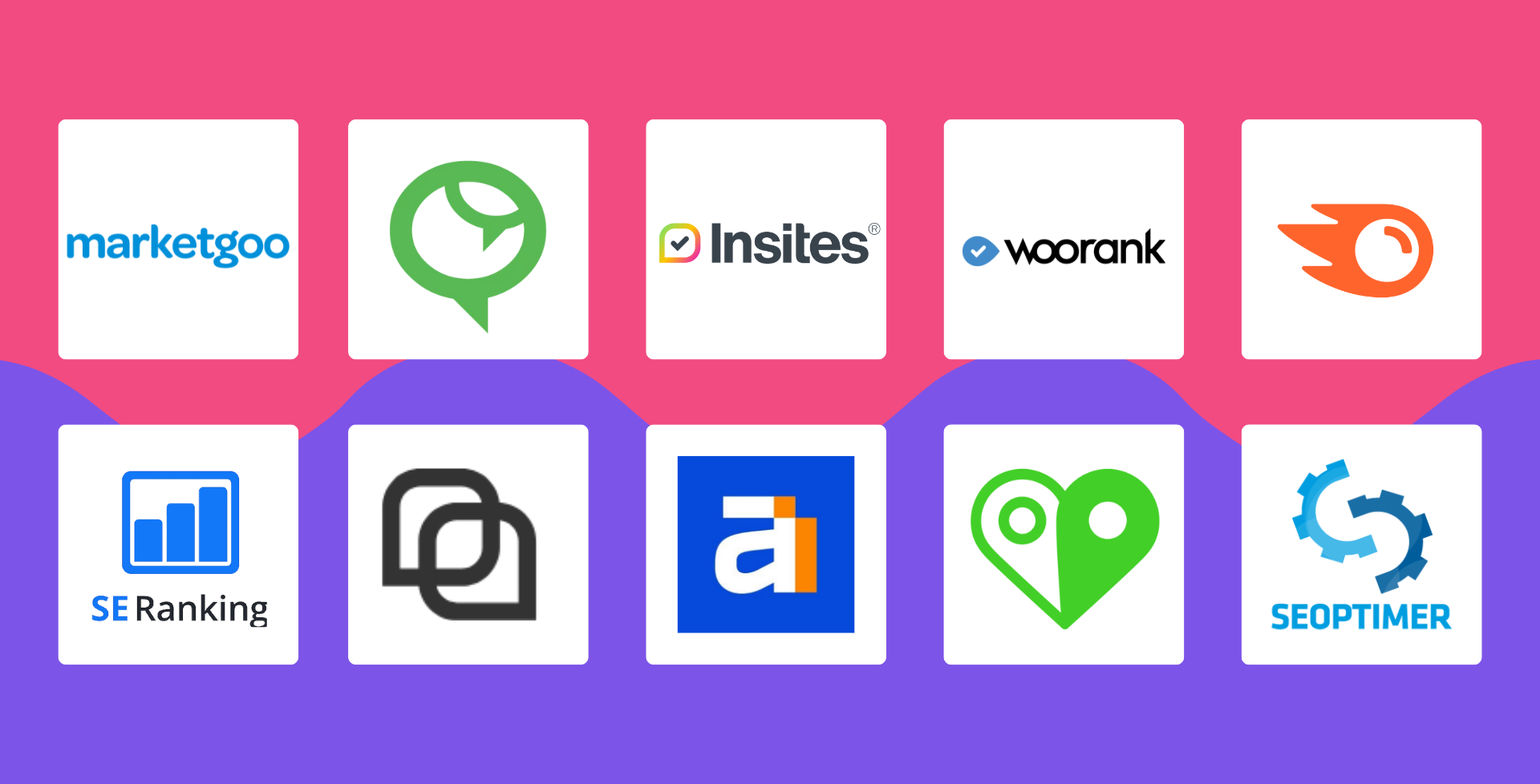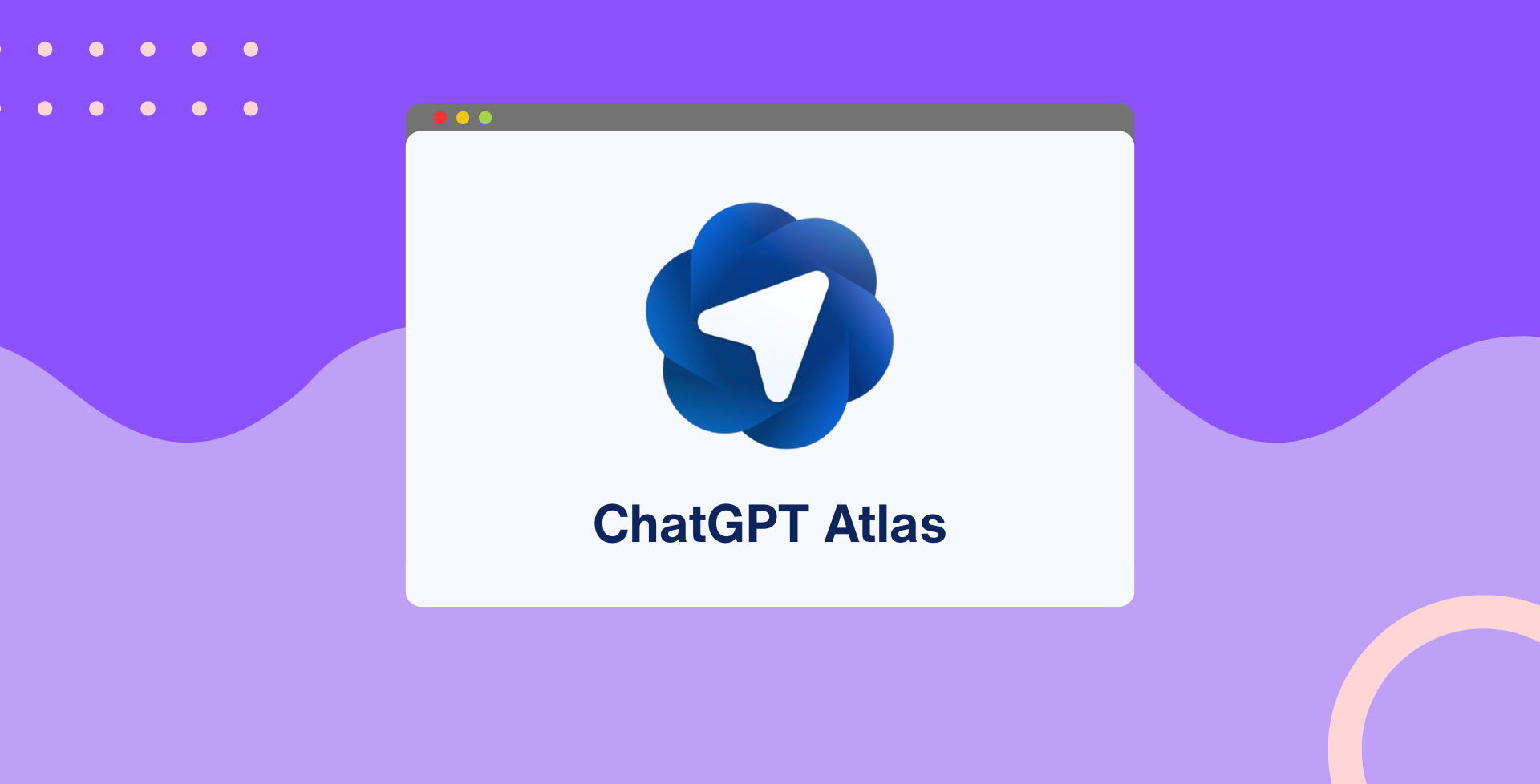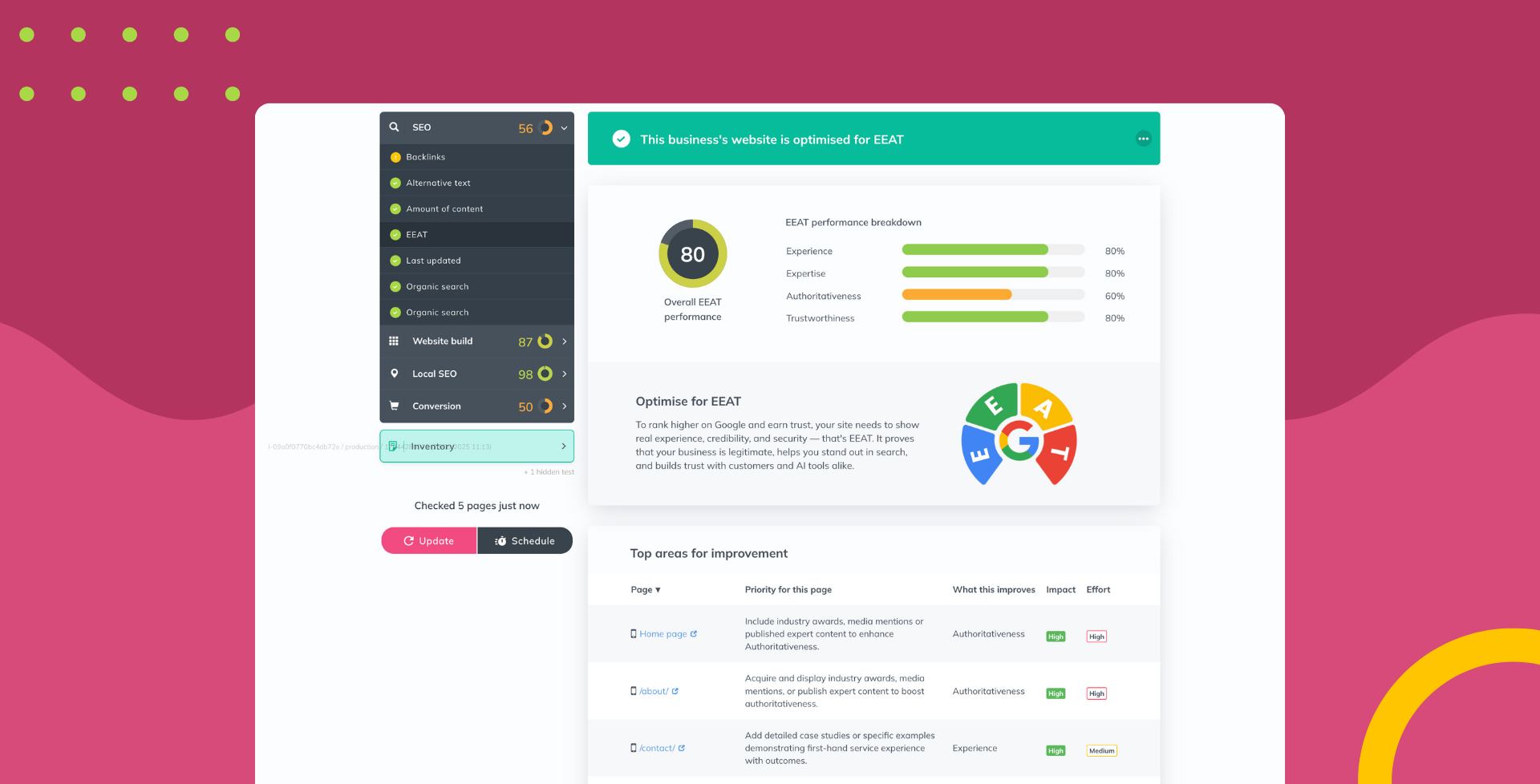From Browsing to Buying: Maximising the Impact of Transactional Sites
Sharlotte Briscoe • January 31, 2024
I’m sure that you’re very familiar with the fact that one of the biggest challenges you’ll face with having a transactional site is converting visitors and getting them to buy. This is one of the biggest pain points for anyone selling online, so today we’re diving head first into 7 ways you can maximise the impact of your website and skyrocket your conversions.
Understanding User Behaviour
Understanding user behaviours on your website is the first key bit of information you need to line up to create an effective conversion strategy.
What is user behaviour?
User behaviour is what actions and interactions a visitor takes with your website and content. For example:
- Click patterns
- Search queries
- The time spent on specific pages
- Cart abandonment
- Scroll depth
Tracking these behaviours can give you a really great insight into which parts of your website’s messaging, design and content your visitors respond positively to and spend the most time viewing or interacting with.
Using this data you’re able to create content, products or campaigns that resonate with your target audience better, increasing your chances of triggering the emotions of the site visitors, which happens to be the biggest driver of purchases.
Understanding the emotional triggers can help you gear your website design and content to evoke the desired feeling. This could involve using persuasive language, some gorgeous visuals, special offers or social proof to create a sense of urgency.
How can you track user behaviour?
Analytics Platforms and Event tracking
There are a multitude of ways you can track user behaviour on a website – the most common method being analytics. Google Analytics or Adobe Analytics track user behaviours like page views, sessions, bounce rates and conversion rates. They provide details about user interactions, sources of traffic and information on the demographics of your site visitors.
You can set up event tracking in analytics platforms to monitor visitor actions such as clicks on buttons, form submissions or video views. Tracking events provides in-depth insights into user behaviour and helps measure the effectiveness of various website elements and features.
Heatmaps
Session recordings
Making your website User-Friendly
Once you’ve analysed your website’s user behaviour, use this data to streamline the journey your website visitor takes, once they access your site.
Removing any barriers and obstacles on your website will significantly improve conversion rates by itself. Providing intuitive navigation and a clear call to action will enhance user satisfaction tenfold! Getting to the information that matters, without friction and the least amount of clicks possible will give the visitor a positive perception of your website and your brand.
Giving your potential customers a quality experience on your website seems basic, but there are a lot of clunky websites that don’t make it easy for users to find the information or product that they’re looking for. Which will increase your abandonment rates. These kinds of barriers are a big turn off!
What can you do to streamline your user journey on your transactional website?
- Simplify your sites navigation
- Prioritise content and features
- Optimise the page load speed
- Streamline the checkout process
- Make sure your site is mobile-responsive
Mobile Savvyness
Almost 50% of all online transactions are now done on mobile phones !
It’s now more important than ever to make sure that your website is fully mobile responsive and optimised. And with payment gateways becoming easier, more convenient to use and more accessible ( Google Pay , Apple Pay , PayPal , Samsung Wallet etc) that figure will only continue to increase.
User Expectations
They’re high. Very high!
Mobile phone shoppers expect seamless and user-friendly experiences on transactional sites. Along with the convenience of being able to shop on your mobile, your website visitors will expect your website to load quickly, have an intuitive navigation and provide easy access to production information (that is legible!) and checkout processes.
Failure to meet these expectations can lead your website visitors to become frustrated and abandon cart.
“[Smartphones and social media]( https://searchengineland.com/data-consumers-grow-demanding-impatient-brands-fall-behind-281075#:~:text=Smartphones and social media have,brands have increasing difficulty satisfying.&text=There’s considerable evidence that consumers,poor or frustrating online experiences.) have created a short-attention-span consumer that brands have increasing difficulty satisfying. There’s considerable evidence that consumers are growing more impatient and less tolerant of poor or frustrating online experiences”
Building Trust Through Design
First Impressions Matter
We all know that first impressions matter in every walk of life. Your website is no different. the design of your website acts as a virtual storefront for your business, so due care and attention should be paid when it comes to its design. A professional and aesthetically pleasing website screams quality and competence, which instils trust in your visitors, knowing you’ve taken time and paid attention to detail. To them, this will translate into the quality of your work.
Perception of Trustworthiness
A well-designed website boosts the perception your visitors have of you – telling them that you may well just be a credible business and brand to work with.
On the other side of the coin, a poorly designed and dysfunctional website may immediately raise questions about the competency of your business and the quality of your products and services.
Social Proof and Testimonials
Admit it… When you research a new product or company, you almost always look for their reviews don’t you?
Well so does everyone else! Once you’ve got people onto your website and they’re looking around impressed with what they’ve seen so far, sweeten them up a bit more by promoting your reviews, case studies and social proof.
Over 90% of sales online are made based on reviews, so make sure you’re on plenty of review platforms, get some trust badges and rock-solid customer recommendations you can shout about.
Trust is a key factor in the decision-making process of online shoppers.
Personalise The Website Experience
Here is where your user data will come in handy again.
Tailored Recommendations
User behaviours such as past purchases, browsing history and preferences allow transactional sites to offer targeted product suggestions that match up with personal interests and needs.
By offering relevant product recommendations your business can boost the visitor’s shopping experience, increase product discovery and ultimately drive more conversions as visitors find products and services that resonate with them.
Targeted Promotions
Segmenting website visitors based on things like purchase history or browsing behaviour will allow you to deliver personalised promotions and discounts that are more likely to resonate with said visitor. Whether you offer a discount on a previously viewed product or sending a personalised email with offers and promos, running targeted promotions can incentivise visitors to buy your products or convert as clients!
User Specific Content
Dynamic content elements on your site such as personalised product descriptions, relevant blog articles or fine tuned collections based on your visitors’s preferences can curate an engaging and and personalised experience for them. Tailoring your content to individual user behaviours encourages longer browsing time and boosts conversions as they discover more content that’s relevant to them.
Personalising your website visitors’ experiences creates a more memorable and enjoyable shopping experience, that will lead to a happier set of website visitors and brand affinity for your business.
Smooth Checkout Processes
Your checkout process can be the difference between a repeat customer and a website visitor that never comes back. Don’t be that business that falls at the last hurdle!
In today’s times, we’re in a constant battle with fraudulent transactions, dodgy websites, scam emails and all the rest and we’re a little bit sceptical when paying our money through a new website. So ensuring that your checkout process is smooth, robust and frictionless is absolutely essential.
Think about offering guest checkout options, progress indicators, clear instructions and making the steps minimal.
Alongside making it quick and easy – make sure that your checkout process is safe and secure. You can do this by implementing SSL encryption, displaying trust badges and offering secure payment options. By prioritising security measures and communicating them to website visitors, businesses can overcome hesitations and objections related to privacy and trust.
Keep Wowing After The Sale
Treating your customers just as good after the sale is the sweet spot. Not only will they keep coming back, but they’ll spread the word about how wonderful you’ve been to them too. You can follow up post sale with things like order tracking, personalised follow ups and proactive communication.
When customers receive top-notch service and support after making a purchase, they are more likely to share their experiences with you among others through word-of-mouth referrals, online reviews, and social media recommendations.
All of this goodness loops right back to the Social Proof point. Leveraging your testimonials and endorsements can amplify your brand’s reputation, attract new customers, and strengthen your brand’s position in the market.
Maximising the impact of your website isn’t just about short term gains and trying to get people to buy from you. It’s about looking at the bigger picture, ensuring your website visitors have a fantastic experience from start to finish and convert your customers to loyal advocates who champion the brand.
Go be great!
Maximising the impact of a transactional website goes beyond simply driving conversions; it’s about crafting an end-to-end experience that wows customers and creates long-term loyalty. It’s a lengthy process with lots of steps, but having a top notch experience on a website isn’t common so working on optimising your website will yield some juicy long term results!
Let’s recap the 7 points:
- Understanding User Behaviour
- Making your website User-Friendly
- Mobile Savvyness
- Building Trust Through Design
- Personalise The Website Experience
- Smooth Checkout Processes
- Keep Wowing After The Sale
Happy selling!
 The Insites Team
The Insites Team


























